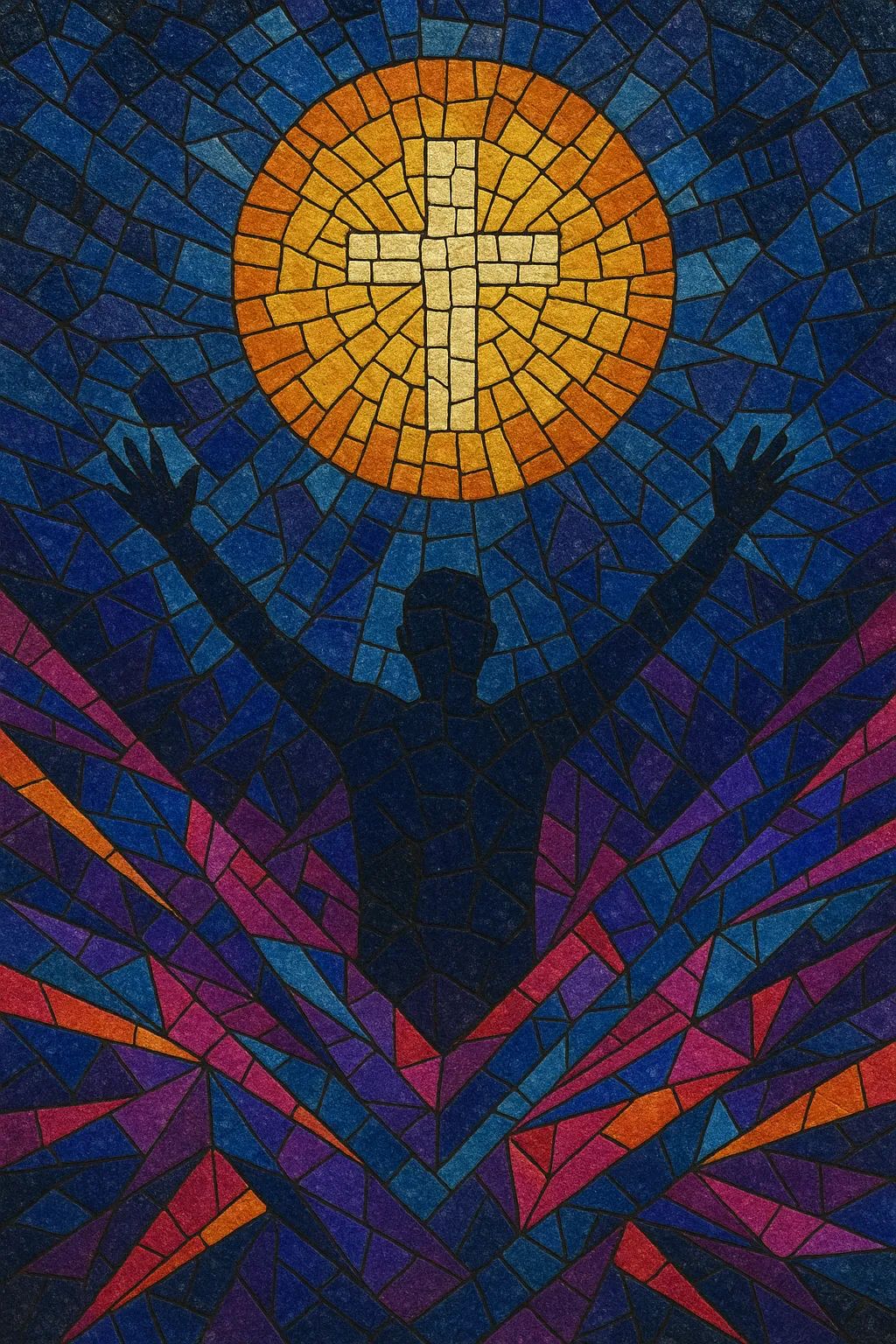CEDM (Christian Electronic Dance Music) fuses the sound design, tempos, and drop-oriented structures of mainstream EDM with explicitly Christian themes and worship-centered lyrics.
Stylistically it borrows from house, trance, big-room, electro house, dubstep, and future-bass palettes, while maintaining melodic, congregationally singable toplines. The result is high-energy, festival-ready tracks and remixes that aim to inspire faith, celebration, and communal praise on dancefloors, in youth events, and in contemporary worship contexts.
Christian artists began experimenting with electronic forms as rave/club culture and early EDM filtered into the broader pop market. Producers and DJs with Christian backgrounds adopted house and trance frameworks while keeping faith-forward messages. Early visible figures and remixers within the Christian market helped normalize club aesthetics alongside contemporary Christian music (CCM), laying groundwork in the 2000s.
As EDM became a global mainstream force in the 2010s, a distinct CEDM identity coalesced. Festival-scale sounds (big room, electro house, progressive house) and the rise of youth/young-adult worship movements accelerated adoption. Labels, conferences, and church-based collectives commissioned official remixes and original dance singles, and live worship sets began to include drops, builds, and DJ-style transitions. Social platforms and streaming further connected a scattered international audience.
Christian festivals added DJ stages; youth events and church gatherings began featuring dance sets and post-service parties. Artist communities formed across the United States, the UK, and Australia, frequently remixing worship anthems and collaborating with vocalists from CCM and worship teams. The genre also grew through radio shows, playlists, and YouTube channels focused on positive, faith-centered dance music.
While production mirrors secular EDM (sidechain compression, tension-and-release builds, sound design-heavy drops), CEDM’s lyrical content centers on worship, testimony, and encouragement. Melodic writing favors singable hooks suitable for congregational or youth-group environments, turning dance tracks into vehicles for praise and community.


